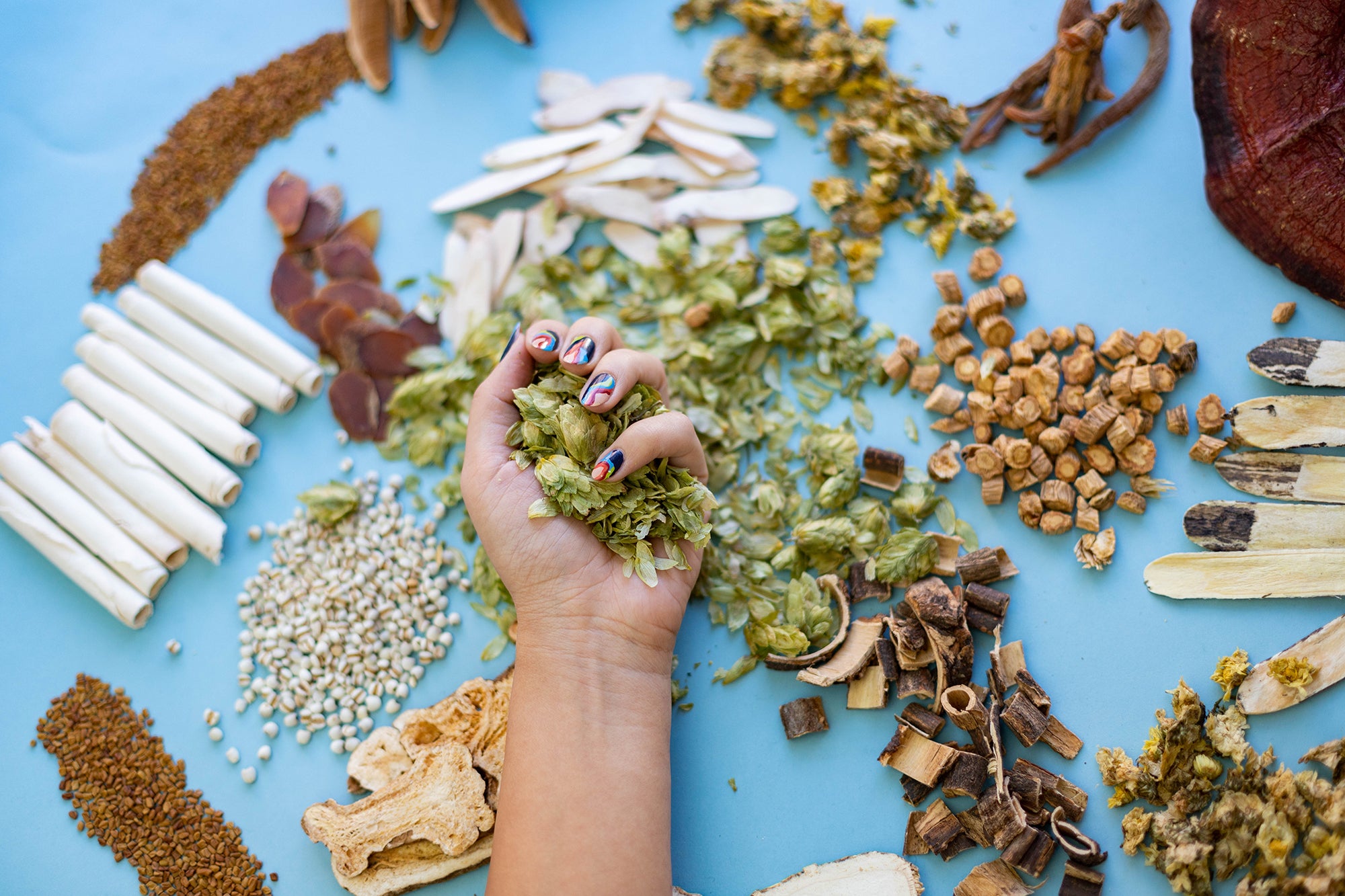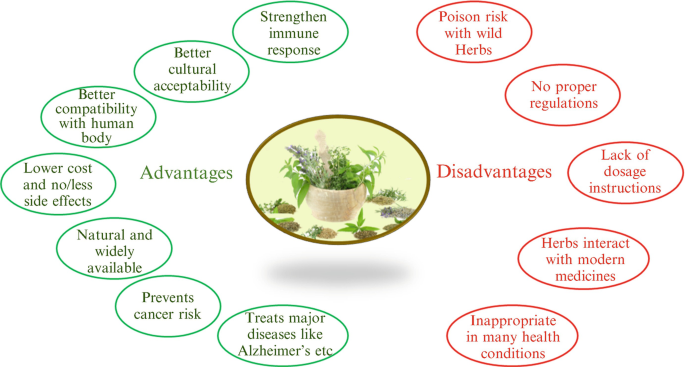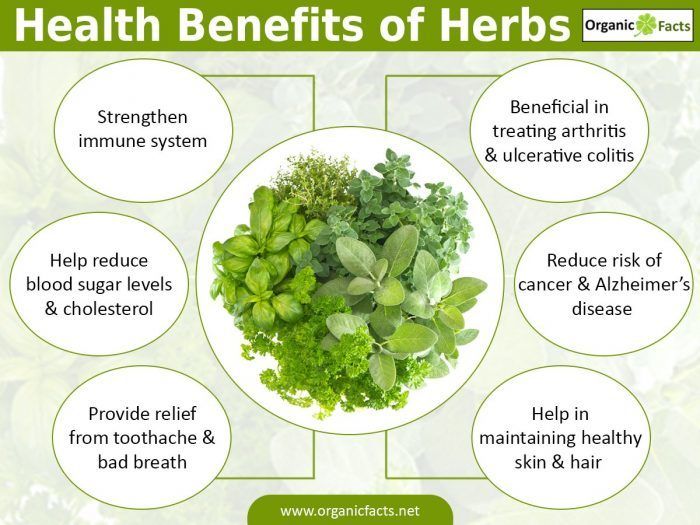8 Simple Techniques For Herbalife

In 1990, expenditure associated with "alternate" therapy in the United States was estimated to be US$ 13.7 billion. In Australia, copyright, and the United Kingdom, annual expenditure on standard medicine is estimated to be US$ 80 million, US$ 1 billion, and US$ 2.3 billion, respectively.
The total industrial value of the ethnobotanicals market can not be disregarded. As an example, in 1995, the total turn over of nonprescription-bound organic medications in drug stores was equal to almost 30% of the total turn over of nonprescription-bound medicines in Germany, and in the United States, the annual retail sales of herbal items was approximated to be US$ 5.1 billion.
The Buzz on Herbalife
In China, the complete value of organic medicine produced in 1995 reached 17.6 billion Chinese yuan (about US$ 2.5 billion; Eisenberg et al. 1998; WHO 2001). This fad has proceeded, and annual revenues in Western Europe reached US$ 5 billion in 2003-2004 (De Smet 2005). In China, sales of natural items totaled US$ 14 billion in 2005, and income from organic medicines in Brazil was US$ 160 million in 2007 (World Health And Wellness Organization; http://www.who.int/topics/traditional_medicine/en/). In China, in 2003, typical organic medicines played a prominent role in the approach to include and treat extreme acute breathing disorder (SARS), and in Africa, a conventional organic medication, the Africa flower, has been utilized for years to treat squandering signs connected with HIV (De Smet 2005; Tilburt and Kaptchuk 2008).
Herbs and plants can be refined and can be taken in various methods and kinds, and they include the entire natural herb, teas, syrup, important oils, lotions, salves, massages, capsules, and tablet computers which contain a ground or powdered kind of a raw natural herb or its dried out remove. Plants and herbs essence differ in the solvent utilized for removal, temperature level, and extraction time, and include alcoholic essences (casts), vinegars (acetic acid removes), hot water extract (tisanes), lasting steamed extract, usually origins or bark (preparations), and cool infusion of plants (macerates).

Around 200 years earlier, the first pharmacologically energetic pure substance, morphine, was generated from opium extracted from seeds hulls of the poppy Papaver somniferum. This exploration revealed that medications from plants can be cleansed and carried out in exact dosages despite the resource or age of the product (Rousseaux and Schachter 2003; Hartmann 2007).
How Herbalife can Save You Time, Stress, and Money.
With this ongoing trend, products from plants and natural sources (such as fungi and marine microbes) or analogs motivated by them have actually added substantially to the commercial medication prep work today. Instances consist of anti-biotics (e.g., penicillin, erythromycin); the cardiac energizer digoxin from foxglove (Digitalis purpurea); salicylic acid, a precursor of aspirin, derived from willow bark (Salix spp.); reserpine, an antipsychotic and antihypertensive medication from Rauwolfia spp.; and antimalarials such as quinine from Cinchona bark and lipid-lowering representatives (e.g., lovastatin) from a fungus (Rishton 2008; Schmidt et al.
Also, greater than 60% of cancer cells therapies on the marketplace or in testing are based upon all-natural products. Of 177 medicines approved worldwide for treatment of cancer, even more than 70% are based upon natural items or mimetics, a lot of which are enhanced with combinatorial chemistry. Cancer therapies from plants consist of paclitaxel, isolated from the Pacific yew tree; camptothecin, originated from the Chinese "happy tree" Camptotheca acuminata and made use of to prepare irinotecan and topotecan; and combretastatin, stemmed from the South African bush willow (Brower 2008.
In between 2005 and 2007, 13 medicines acquired from all-natural items were approved in the United States., last gain access to: November 5, 2010).
The smart Trick of Herbalife That Nobody is Discussing
In the USA, the National Facility for Corresponding and Natural Medicine at the National Institutes of Health spent around US$ 33 million on herbal medicines in the fiscal year 2005; in 2004, the National Canadian Institute committed almost US$ 89 million for studying a variety of conventional treatments. While this scale of investment is reduced compared to the complete research study and development costs of the pharmaceutical sector, it nonetheless shows authentic public, industry, and governmental passion in this location (Li and Vederas 2009). With tremendous development in the passion in and use typical medicines worldwide, two major locations of concern develop that bring significant challenges.

Comments on “The smart Trick of Herbalife That Nobody is Talking About”